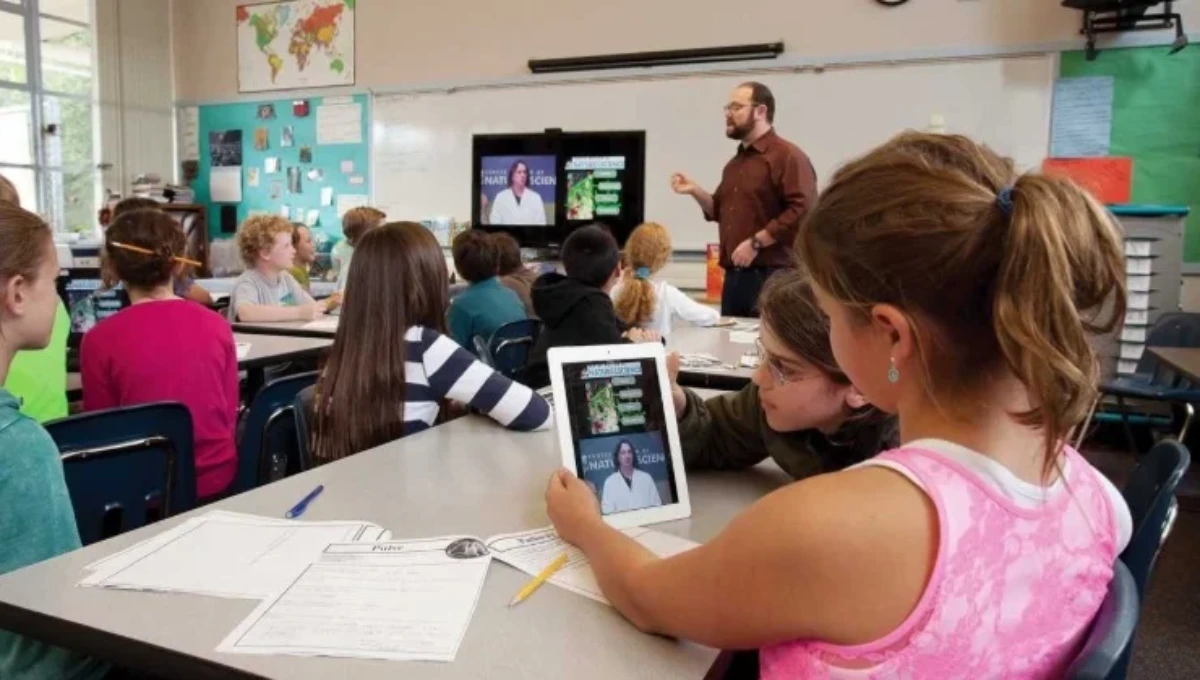So here’s the thing. Just making a video and throwing it online doesn’t really work anymore if you’re trying to teach someone something. These days, people expect more — like videos that are easy to follow, make sense, and don’t put them to sleep.
But the good news? You don’t need to be some editing expert. Just gotta plan a little, use some easy tools, and keep it simple.
First – Know What You Wanna Teach
Before you record anything, ask yourself:
- What should they learn from this video?
- Who’s gonna watch it? Kids? Adults? Newbies?
- Is it a how-to, or just explaining something?
Once you get these right in your head, the rest becomes easier. Like, if you’re making something for school kids, maybe you gotta use drawings or examples they get. If it’s for someone at work, keep it clean and to the point.
Write Some Stuff Down (Not Too Fancy)
No need to make a big script like movies. Just write the key things you wanna say. Start with a short intro, then go step-by-step. End with a summary, or maybe ask them to do a small task after watching.
And try not to use too big or complex words. Just talk like how you’d explain it to a friend.
Use Simple Tools (They Help A Lot)
You don’t need heavy editing software. There are many tools that help you drag and drop stuff and make your video app look neat.
Most tools let you:
- Add text on screen to show important words
- Drop in pictures or little graphs
- Record your voice
- Break the video into small parts or scenes
These make the video more fun to watch, and learners don’t get bored.
Make It Fun and Interactive
People don’t learn well when it’s just a one-way talk. So ask them stuff in between. Pause a little for them to think. Maybe give them a tiny quiz or ask, “What do you think happens next?”
Also use things like arrows, boxes, and highlights to show what’s important while you’re explaining.
Edit the Video (But Don’t Overdo It)
After recording, take out the boring parts or mistakes. Add music maybe, but keep it soft. Use captions. Most education video maker apps have auto-subtitles now. Easy to use.
Fix things like:
- Long gaps or repeated lines
- Volume too low or too loud
- Ugly transitions
Keep it clean, but not perfect. It’s okay if it feels homemade.
Make Sure Everyone Can Watch
Some people can’t hear well. Others might be watching in a noisy place. So do things like:
- Add captions or subtitles
- Use clear text and big fonts
- Avoid flashy stuff or shaking camera
- Share a PDF note or text version
This way, more people understand your video, no matter where they are or how they learn.
Pick the Right Platform
A 15-minute video might work well on YouTube, but on Instagram? People swipe past fast.
So make shorter clips for social apps, longer ones for course platforms. And check how your video’s doing:
- How long did people watch?
- Where did they stop?
- Did they like or comment?
These things tell you what to fix next time.
Keep the Look Same in Every Video
If you’re making more than one video, try to use the same style—same fonts, colors, even the background music. It feels more “put together” and saves time too.
Keep Updating Your Videos
Don’t just make a video and forget about it. Maybe something changed or you wanna add better examples. Every few months, check and update stuff.
Better videos = more people coming back to learn from you.
Final Thoughts (Just Be Real)
You don’t need expensive gear or fancy cameras. You just need to know what you wanna teach, speak clearly, and keep it simple.
If people watch your video and say, “Hey, I actually understood this,” then boom—you did it right.
Read More About
- Are Mumbai Indians the Best Team in IPL History?
- Which Team is the Enemy of Mumbai Indians?
- Who is the Owner of Mumbai Indians in 2025?
- What is the number one watched sport?
- What Are the Top 10 Most Popular Sports in the World?
- Why Every Kid Should Play a Sport
- What are some small business ideas while doing the job?
- Retirement Planning Simplified: Navigating Options Beyond State-Mandated Plans
- What Football Team Has Never Won the Premier League
- Sana Sultan Khan: From Social Media Star to Bigg Boss OTT 3 Fame



